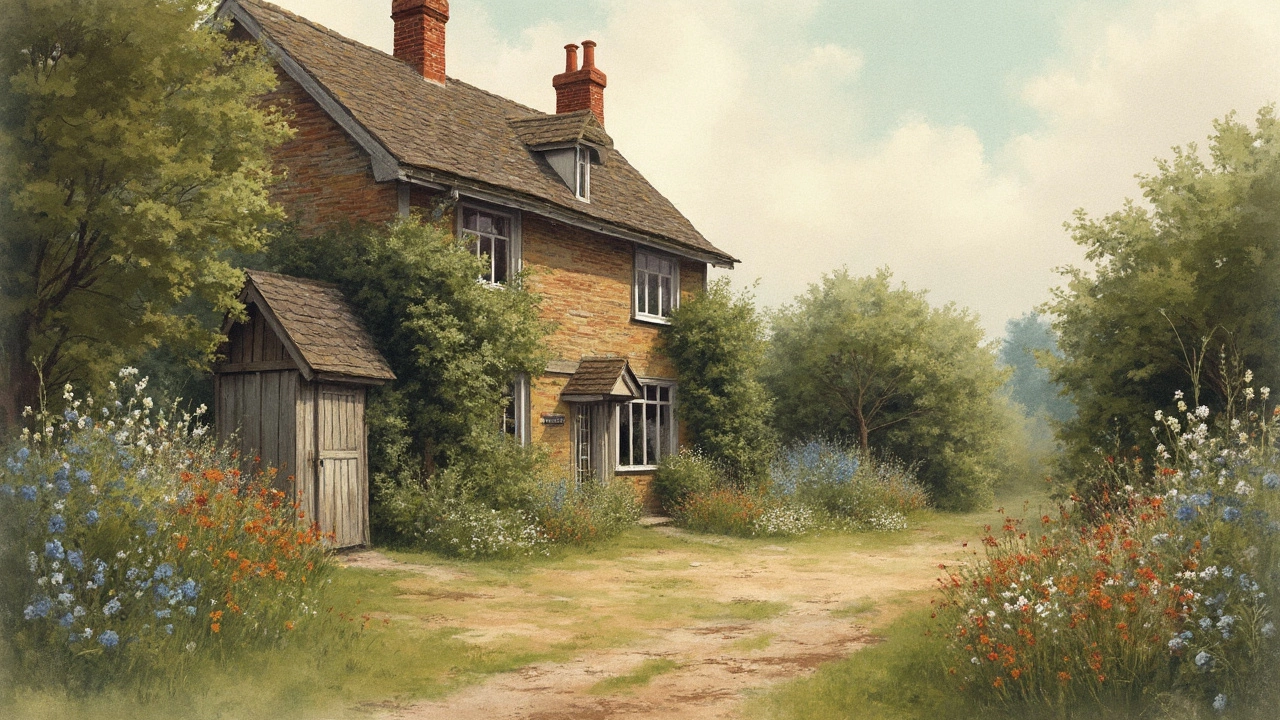Plumbing History: How Pipes Shaped Everyday Living
Ever wondered why your bathroom looks the way it does? The answer lies in centuries of trial, error, and clever engineering. From clay tubes in ancient Rome to the sturdy cast‑iron mains of the 1800s, each step in plumbing history left a mark on the homes we live in today.
From Ancient Aqueducts to Cast‑Iron Pipes
Early civilizations didn’t have fancy plastic. The Greeks and Romans built stone aqueducts that carried water over hills and valleys. Those massive stone channels were essentially the world’s first long‑distance plumbing system. The water reached public baths, fountains, and even private homes of the wealthy.
When the Roman Empire fell, the knowledge didn’t disappear, but it slowed down. In medieval Europe, people used lead or wooden pipes to move water inside walls. Lead was cheap and easy to shape, but it also leaked toxic metals into the water – a problem we still hear about in old cities.
The industrial boom of the 19th century changed everything. Cast‑iron became the material of choice because it was strong and could handle higher pressure. Cities like London and New York poured miles of iron pipe underground, creating the backbone of modern water distribution. This era also introduced the idea of separate sewage lines, keeping dirty water away from clean drinking water.
Why Knowing Plumbing History Helps You Today
Understanding the past isn’t just for history buffs. If you live in a house built before the 1950s, chances are you’ll find copper, galvanized steel, or even the occasional lead pipe hidden behind the walls. Knowing which material you have tells you how prone it is to rust, corrosion, or leaks.
For DIY enthusiasts, the history lesson saves money. Cast‑iron pipes need special tools to cut or replace, while modern PVC is simple to work with. If you’re planning a renovation, you can decide whether to keep the original look – like exposed copper – or upgrade to newer, quieter materials.
Even the fixtures we love, such as vintage brass taps, have a story. Those pieces were often built to last and can be restored with a little polishing. Remember, the aesthetic you choose can either honor the past or clash with it. A modern sink on a 19th‑century cast‑iron line might need extra support.
So the next time you turn on the tap, think about the miles of engineering that got that water to you. The lessons from ancient aqueducts, medieval lead tubes, and Victorian iron mains still guide plumbers, architects, and homeowners. Knowing the plumbing history gives you confidence to fix a leak, choose the right material, and keep your home comfortable for years to come.
Why Do Old Houses Have Toilets Outside? Exploring Historical Wardrobe Choices
The peculiar placement of toilets outside old houses raises questions about past lifestyles and practicalities. Discover the reasons behind this architectural choice, including sanitation practices, historical construction methods, and climate influences. Learn how these factors affected wardrobe design in historical homes, and get tips on maintaining these unique features. The article provides insights into the practical and cultural aspects of outside toilets in historical contexts.
More
